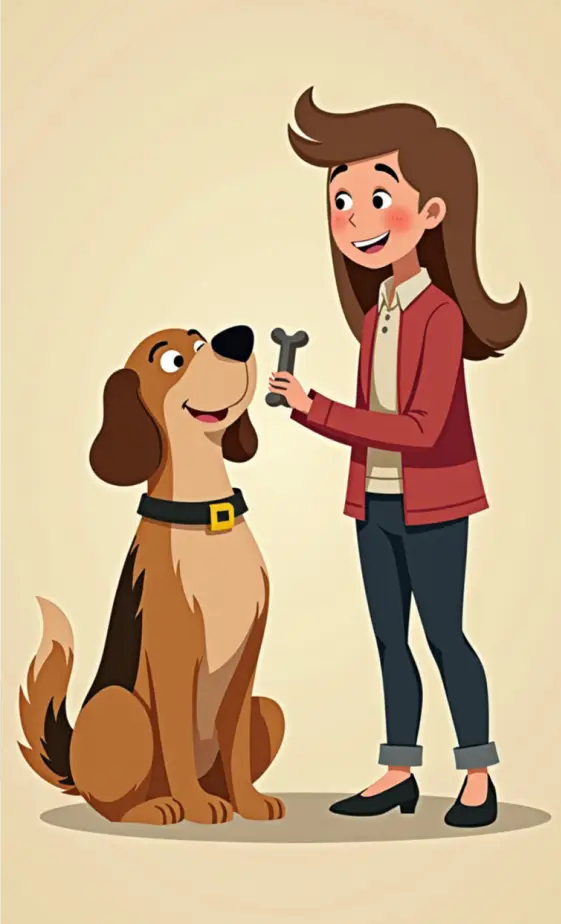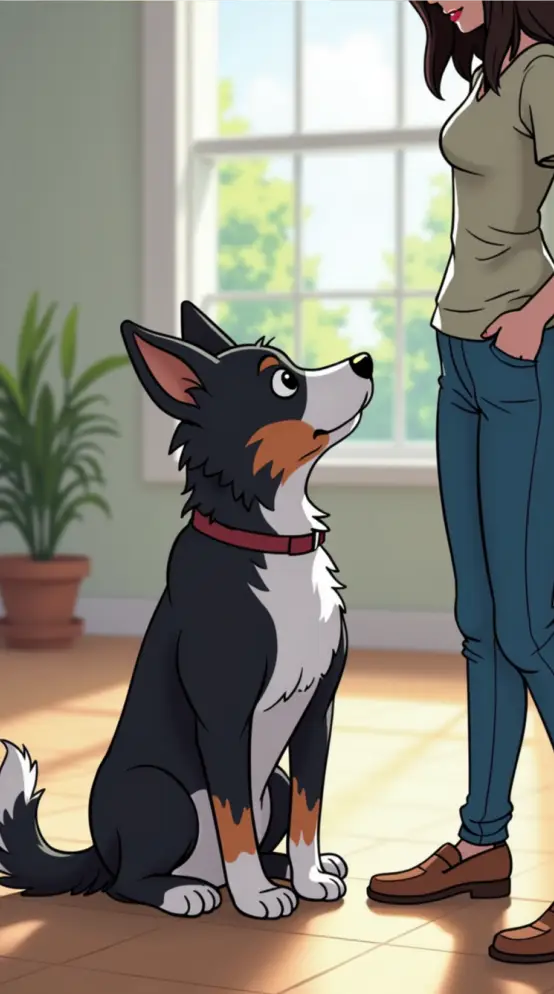Training my dog wasn’t just about having him behave; it made our time together safer and way more fun. Basic obedience is the groundwork for almost everything else we do. It covers everything from walking on a loose leash to coming when called, waiting patiently at the door, and sitting on cue. These basics turn chaotic walks and unpredictable greetings into calm and enjoyable moments.

Why Basic Obedience Training Matters for Every Dog
Whenever I talk with new dog owners, the same question always pops up: is basic obedience really that important? The short answer is yes, for a bunch of reasons. Training isn’t just about following rules. A well-trained dog is usually more confident, better adjusted around new people or animals, and less likely to develop behavioral problems that can be tough to handle down the road.
If we dig into some stats, the American Veterinary Society of Animal Behavior reports that early obedience training can lower the risk of aggression and rehoming later in life. On top of that, dogs trained with positive reinforcement are shown to have stronger, happier bonds with their people. Obedience skills can even make trips to public spaces or veterinary clinics go smoother. All of this really sets the tone for the adventures and everyday outings you want to have together.
It’s also worth noting that basic training improves communication between you and your dog, leading to much less frustration on both sides. Being able to spot when your dog understands you and reading their responses makes living together easier and prevents confusion that can overwhelm new pet owners.
Getting Started: How to Prepare for Successful Training
Before jumping into the nitty-gritty of commands, setting up the right training environment makes a big difference. Here’s what made my training sessions smoother and more fun:
- Find a Quiet Place: Early training works best without distractions. I started indoors or in a calm backyard.
- Choose the Right Rewards: Most dogs love treats, but some respond better to toys or even just happy praise.
- Keep Sessions Short: Five or ten minutes at a time keeps things upbeat and helps dogs focus.
- Stick to a Routine: Consistency is super important. Practicing at the same times each day helps dogs know what to expect.
Positive reinforcement is at the heart of every effective training method. I always reward good behavior rather than punishing mistakes. This approach builds trust and speeds up learning because my dog actually enjoys working with me. The Humane Society has a solid guide on positive dog training techniques, which I recommend for anyone starting out.
Quick Guide to the 5 Basic Dog Commands
Here are the five commands that made the biggest difference for me:
- Sit: This cue is my go-to for greeting people, waiting at corners, or before meals.
- Down: Asking my dog to lie down is useful when I need him to be calm for longer periods.
- Stay: Having a reliable stay keeps my dog safe in tricky situations, such as when the door’s open or during busy walks.
- Come: A dependable recall is probably the most important thing I’ve ever taught my dog! I practice it in safe, enclosed spaces before trying it outside.
- Leave It: This one helps stop my dog from grabbing things that could be dangerous or just plain gross.
I like to start teaching these commands in quiet settings and, once my dog gets the hang of it, we add in more distractions gradually. That way, the commands actually work in the real world, not just in my living room. Keeping these lessons consistent helps my dog understand that the expectations don’t change, no matter where we are.
Common Challenges and Simple Solutions
Training is a learning curve for both me and my dog. Here are a few snags I hit (and how I got over them):
- Short Attention Spans: Puppies, and sometimes even adults, lose interest fast. I mix things up often and end sessions on a win, even if it’s a small one.
- Repeat Offenders: Sometimes my dog “forgets” a cue. I go back to an easier version, then build up the difficulty again. Regression is normal!
- Noisy or Busy Environments: Real life is distracting. I practice with more distractions as my dog gets better, using extra yummy rewards at first.
- Stubborn Moments: If my dog ignores me, I check if I’m making things clear, or if it’s just time for a break. Pushing too hard usually backfires.
Short Attention Spans
Dogs, especially young ones, live in the moment. Keeping sessions brief, just five minutes here, five minutes there, helped a ton. I’ll also take play breaks so things stay upbeat and never feel like a chore to my dog.
Building Focus in Busy Places
As my dog mastered cues at home, we practiced in new locations. Switching up our training spots helped them learn that “sit” means “sit” no matter where we are. I always bring extra-special treats when we tackle tough environments. You never know what new sights, smells, or noises will pop up, so being prepared matters a lot.
Overcoming Frustration (Mine and My Dog’s)
Getting stuck is totally normal. On rough days, I lower my expectations and make things super easy for a few reps. It’s better to have a few small wins than to end training frustrated on both sides. Some days, we just play games or work on tricks for fun. If you’re frustrated, your dog probably senses it, and it’s always okay to take a break and return later.
Upgrading Your Training: Adding Distractions and Distance
Once my dog nailed the basics, we started adding in some challenges. I worked on ensuring commands still worked when:
- Other people or dogs walked by
- There was food on the ground
- I was farther away, even all the way across the yard or park
Gradual progress is the way to go. If my dog struggles, I lower the level of distraction and reward every success. Each time I take things up a notch, I use the highest value rewards to keep my dog excited to listen.
Working with longer distances and real-life noises, like those you’d hear in a park or along a busy sidewalk, was a true test for both of us. I found that breaking commands into small steps and praising every improvement helped us keep track of progress, especially during challenging new sessions.
The Real-Life Payoff of Training Basics
The big win from obedience training isn’t just improved behavior at home. It’s about being able to take my dog more places and share more experiences together. Well-trained dogs are welcomed more often at pet-friendly cafes, during family visits, or on travel adventures. I personally felt way more confident letting my dog off-leash in safe, enclosed places once his recall was solid.
Here are some real-life scenarios where obedience training really came in handy:
- Visiting the vet: Dogs who know cues, like sit and stay, handle exams with less stress.
- Meeting new people: A sit or down cue stops jumpy greetings and helps shy dogs feel more secure.
- Public events: Reliable obedience means I worry less in crowded or stimulating environments.
I’ve also noticed that good obedience skills make dog-friendly travel and public outings much less stressful for everyone. It means more freedom for your dog and peace of mind for you, knowing you have control in unpredictable situations.

Frequently Asked Questions
I hear lots of the same questions from new dog owners. Here are a few, along with my own experience and advice:
Question: How old should my dog be when I start obedience training?
Answer: I started training with snacks and simple sit cues as soon as my puppy came home at around eight weeks. Older dogs can learn too, so there’s really no such thing as too late or too early for basic skills. Many trainers suggest that the earlier you start, the easier it can be to build good habits right from the beginning.
Question: Are group obedience classes worth it?
Answer: I’ve found group classes helpful for socialization and practicing cues around distractions. If you have a good local trainer, it’s worth checking out a basic obedience class, but home training works great too if you’re consistent. Classes also give your dog a safe place to meet other dogs, which is important for social confidence.
Question: What if my dog isn’t food motivated?
Answer: Some dogs just prefer play or toys. I experiment with different rewards to see what gets my dog most excited. Praise, tug toys, or a favorite ball work well if treats fall flat. It might take some trial and error, so pay attention to what really lights your dog up.
My Go-To Gear for Obedience Training
Having the right gear made early training way less stressful. Here’s what’s in my training kit:
- Frontclip harness or regular flat collar: Gives good control during leash lessons.
- Sturdy 6-foot leash: Not too short or too long, perfect for practicing in busy areas.
- Plenty of soft, pea-sized, treats: Easy to eat so my dog stays focused.
- Treat pouch: Keeps my hands free while training.
- Mat or towel: For teaching settle, down, and even stay in new spots.
Simple equipment helps keep my focus on the training and my dog’s attention where I want it, on me! If you’re just getting started, you really don’t need fancy gear—just the basics and lots of patience.
Wrapping Up: The First Steps to a Happy, Well-Trained Dog
Building solid obedience skills has opened up a ton of new activities and made life more relaxed for both me and my dog. By starting with patience, being consistent, and always making things rewarding, training quickly switched from something that felt like work to one of our favorite parts of the day. There’s nothing quite like the pride of seeing your dog nail a recall or calmly walk by your side, even when the world around them is full of distractions.
When you put in the time and positivity into basic obedience, you’ll stumble upon so many extra benefits, like fewer headaches, more bonding time, and a happier dog who loves learning with you. That’s really what this whole adventure is about, and I’d encourage every new owner to jump in and enjoy the ride.
